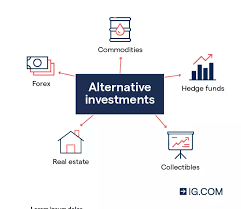As investors look ahead, attention has turned sharply toward America’s largest banks. With the federal government shutdown stalling the release of crucial economic reports, this earnings season has become a vital substitute for assessing the true state of the U.S. economy.
Typically, market watchers rely on indicators such as the Consumer Price Index and retail sales figures to gauge inflation, consumer spending, and overall growth. However, those insights are currently obscured in what analysts describe as a “data fog.” In the absence of official figures, the quarterly results from major financial institutions like JPMorgan Chase, Goldman Sachs, Wells Fargo, Citigroup, Bank of America, and Morgan Stanley are expected to provide rare visibility into consumer strength, lending activity, and business confidence.
The outcome of these reports holds particular weight given the U.S. stock market’s elevated valuations. After nearly five years of steady gains, investor sentiment is cautious. Robust earnings would reinforce confidence in corporate profitability and economic resilience, while weaker results could reignite concerns about growth sustainability.
Beyond Wall Street, the banks’ performance will also serve as an indicator of broader economic trends. Patterns in loan demand, consumer credit, and deposits will help reveal whether households and firms are maintaining confidence or beginning to tighten spending in response to uncertainty. With key government data unavailable, even slight deviations in earnings could sway markets and shape investor expectations.
Compounding the uncertainty is the ongoing political deadlock that has delayed important reports on inflation and consumer activity. Continued dysfunction not only clouds the economic picture but also heightens market volatility, as investors are forced to make decisions without a clear view of the fundamentals.
Meanwhile, sectors such as technology and artificial intelligence continue to attract attention, though many investors are repositioning toward more defensive areas like financials, utilities, and healthcare in search of stability.
In this environment, the upcoming bank earnings are more than routine updates they represent crucial clues about the direction of the world’s largest economy. Amid disrupted data flow and rising global tensions, the financial sector’s results may set the tone for investor confidence and market performance through the rest of the year.

















